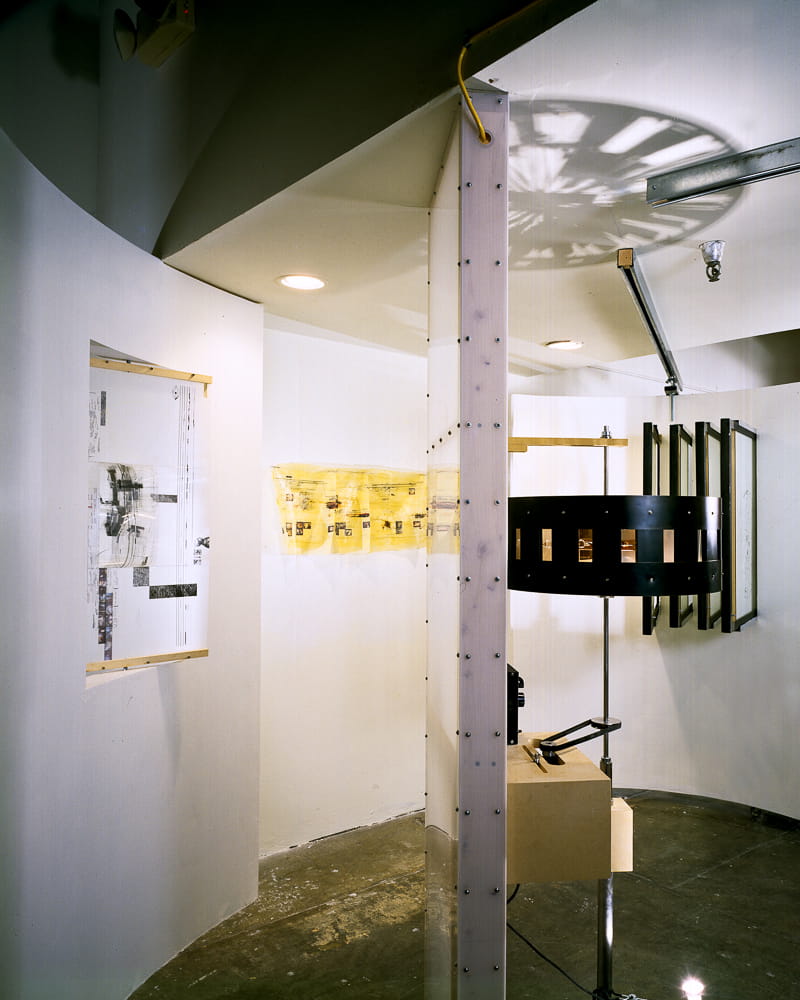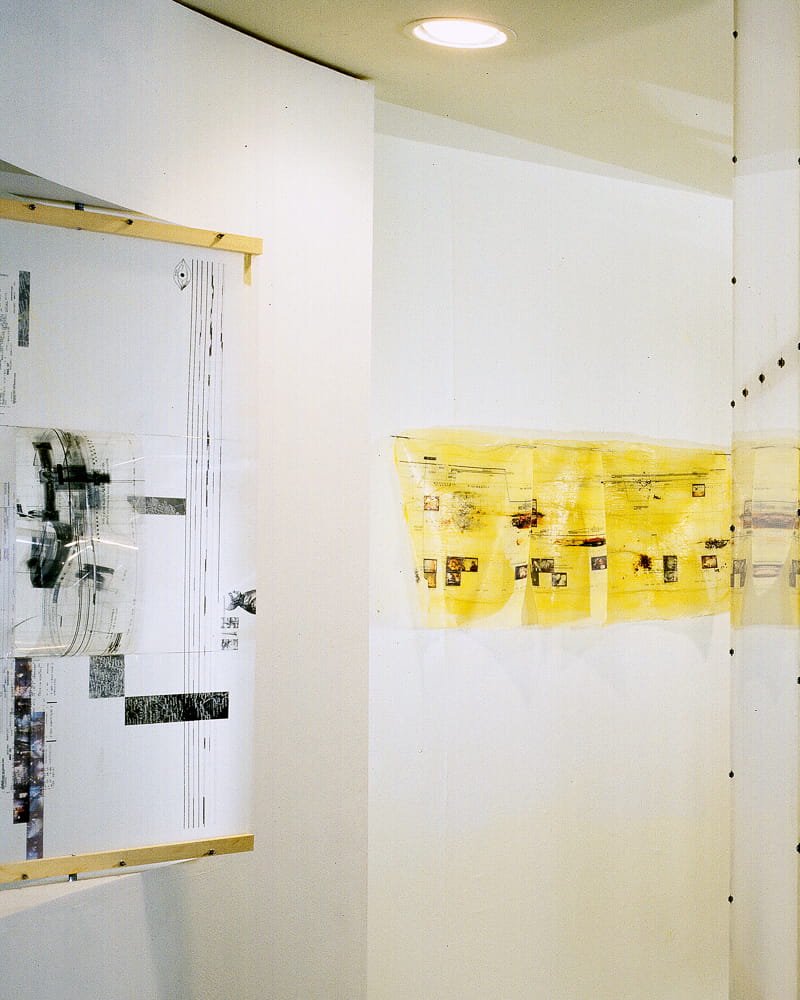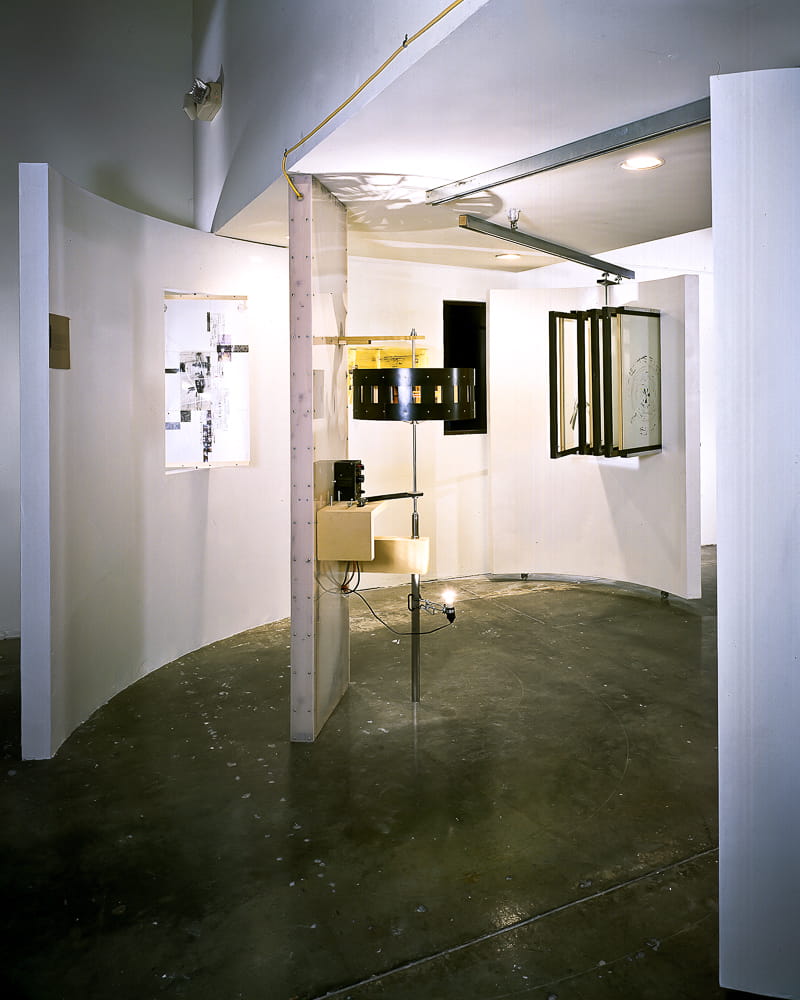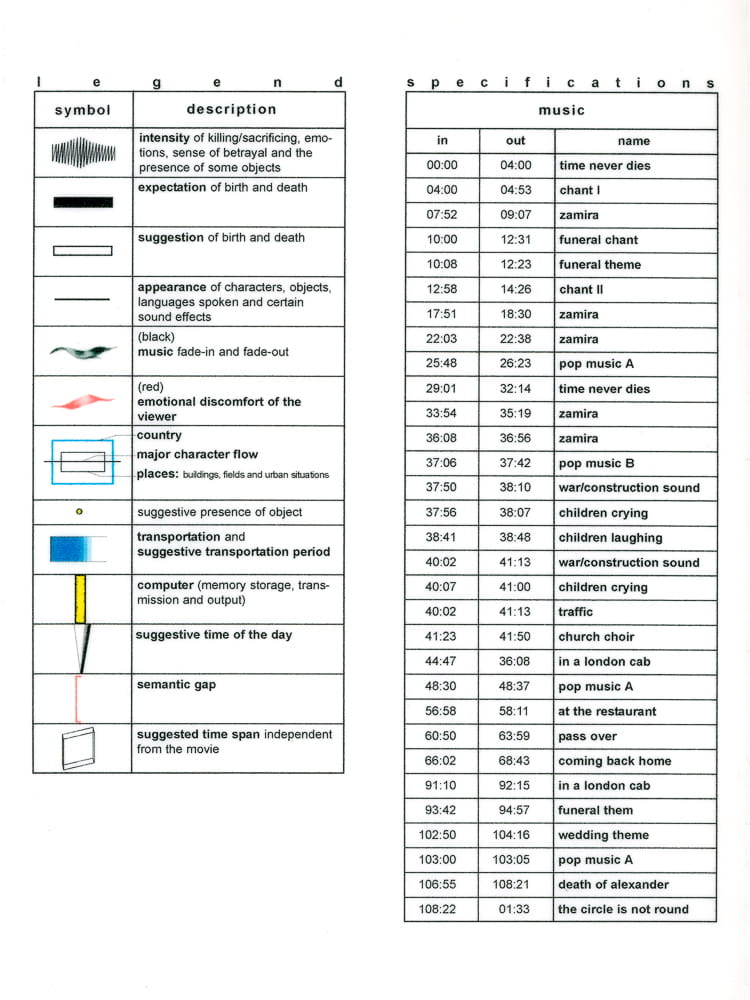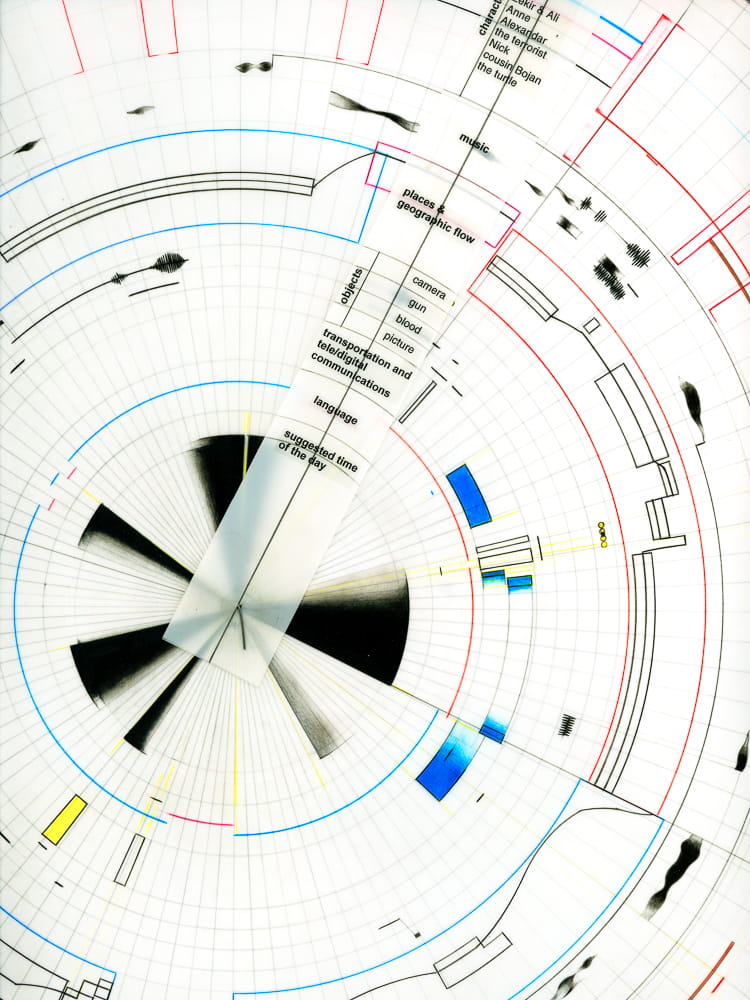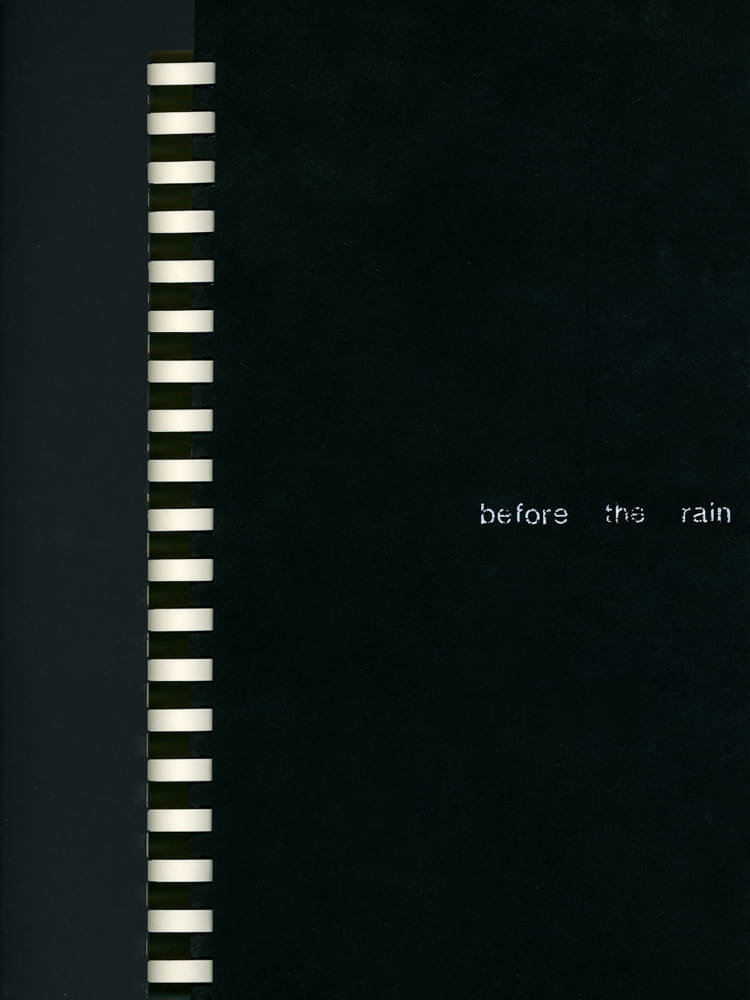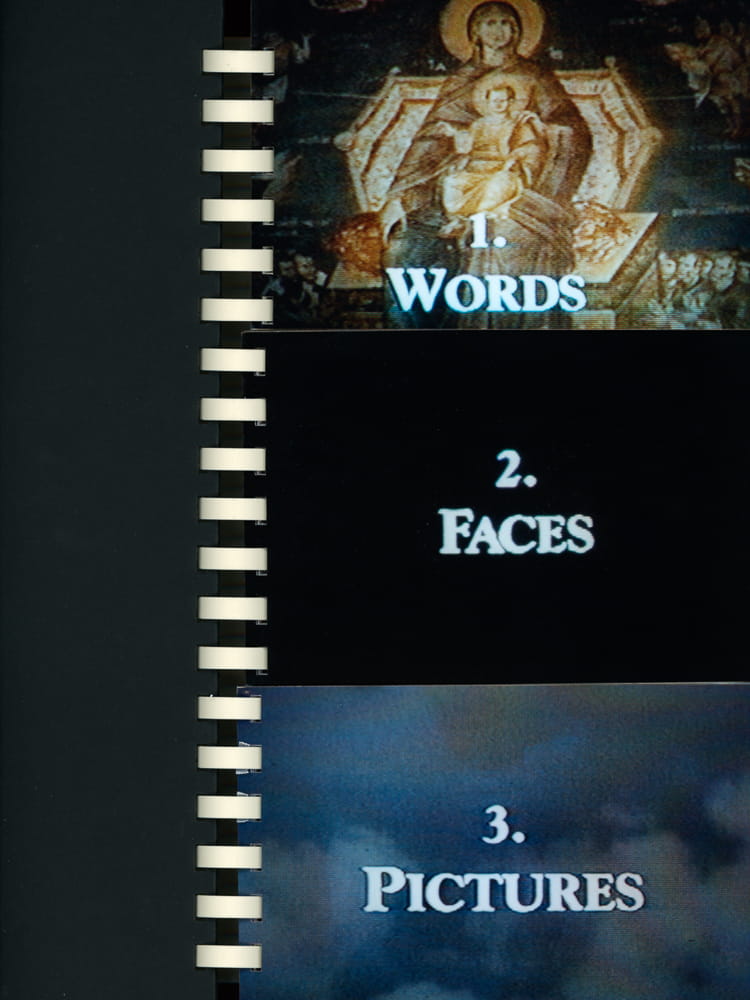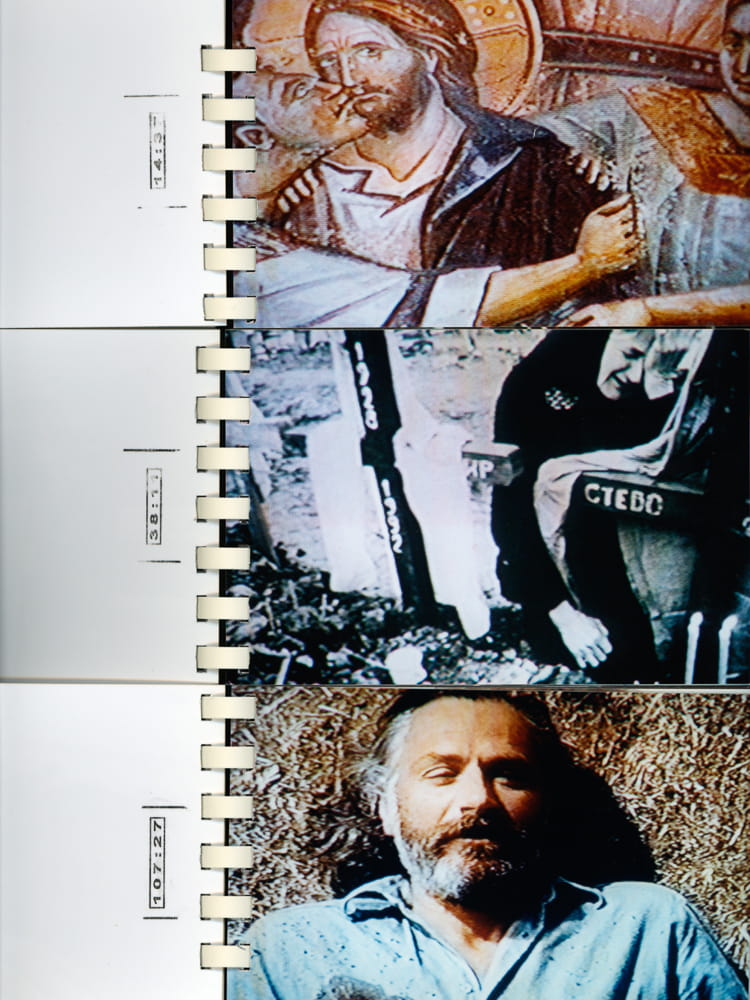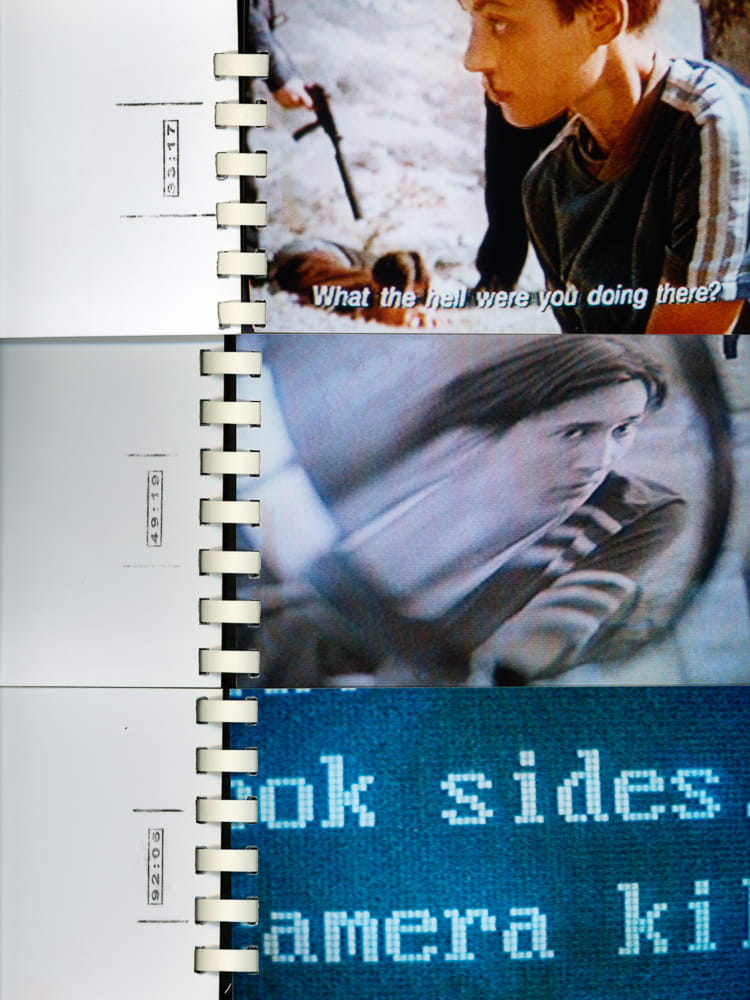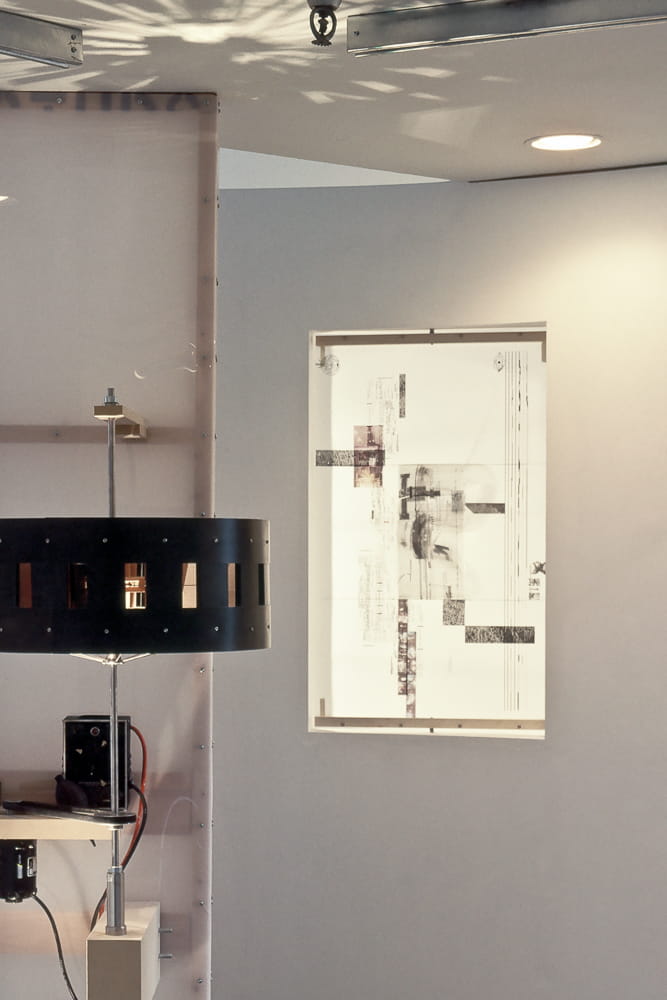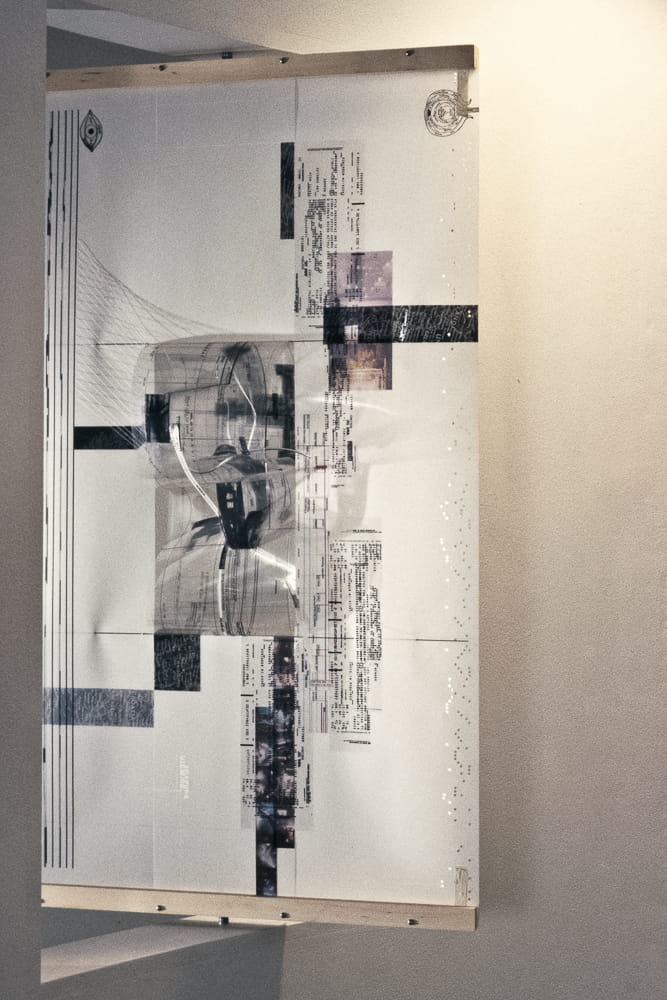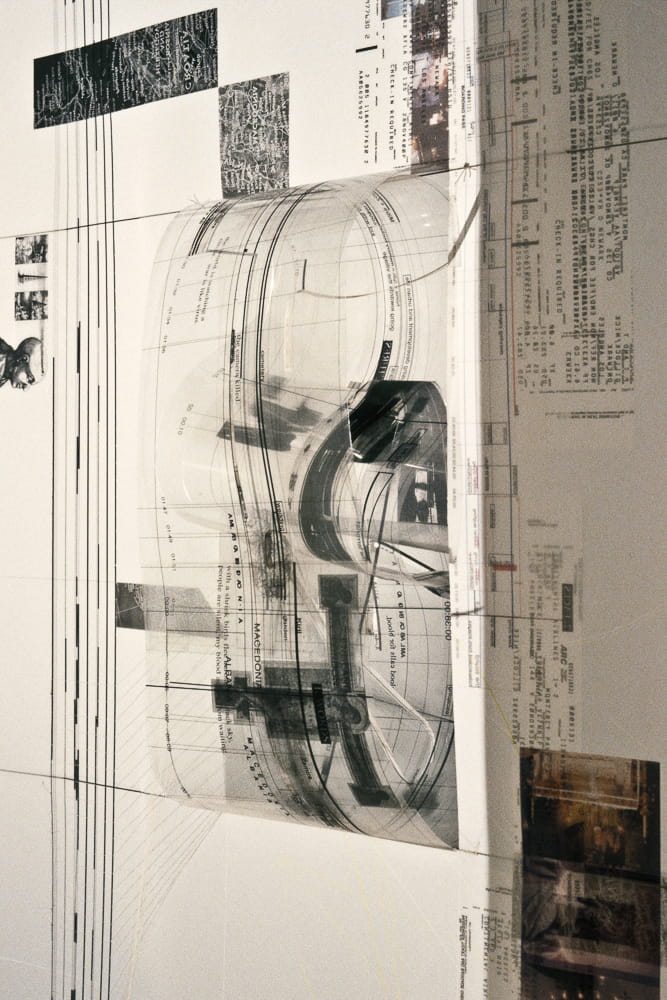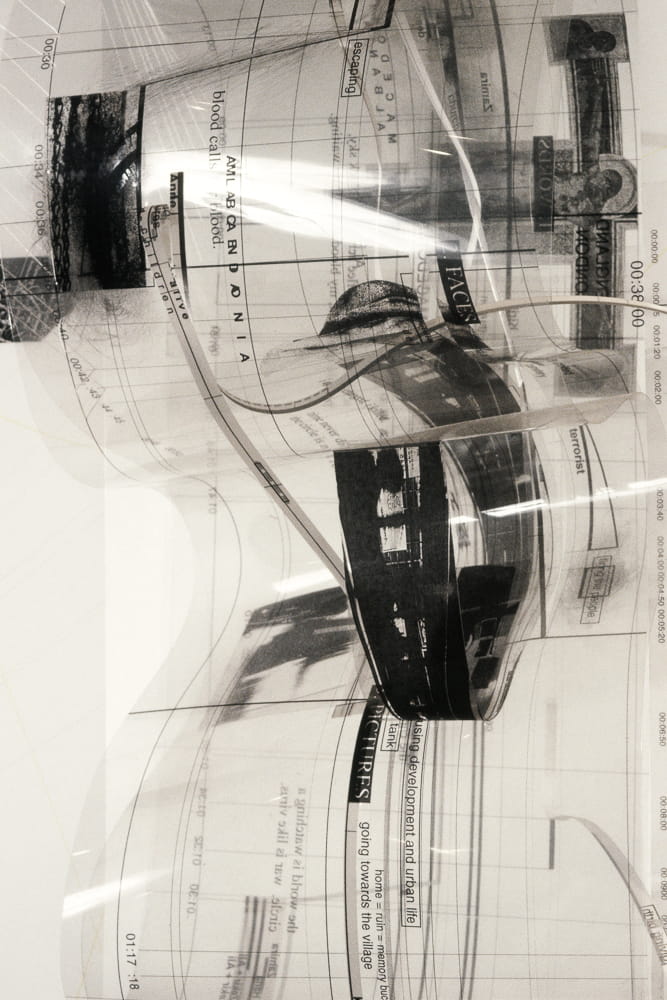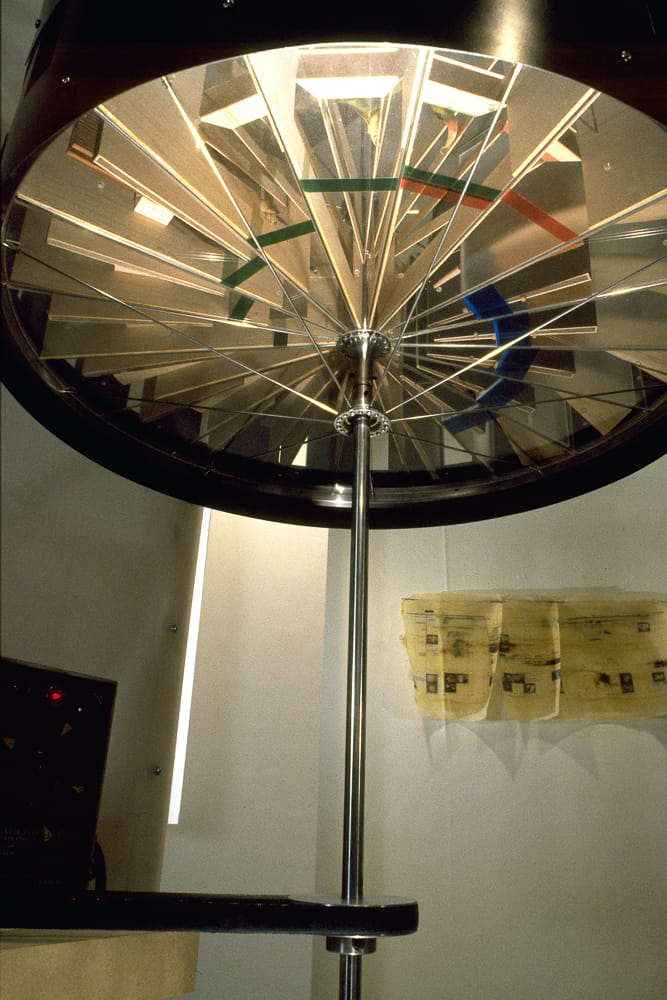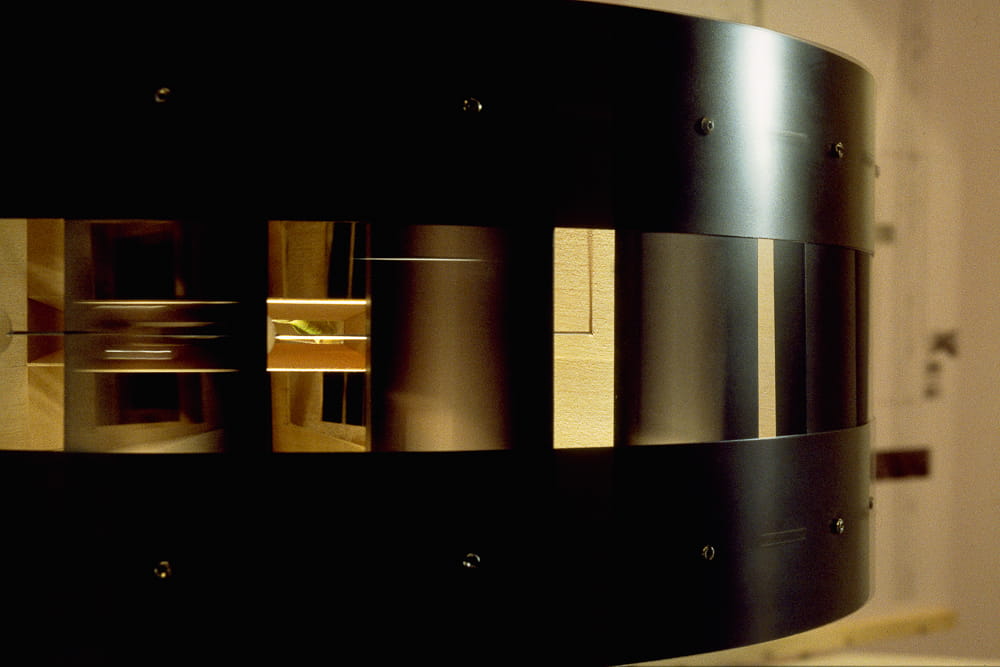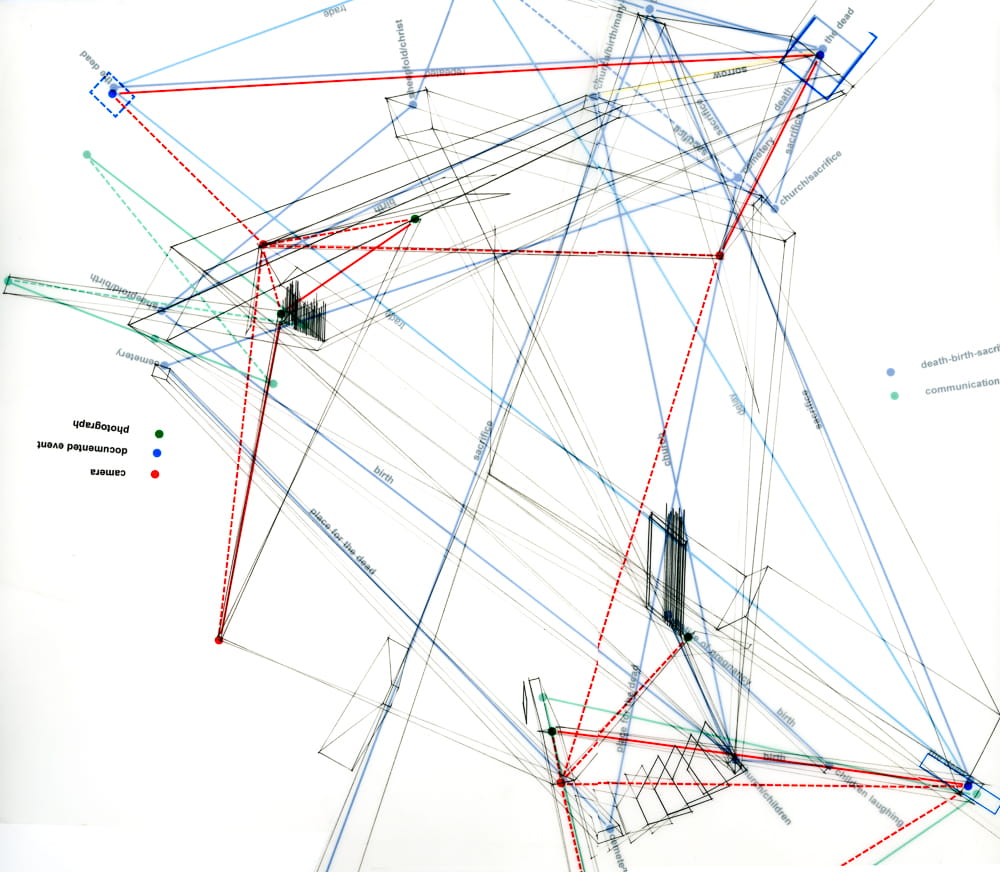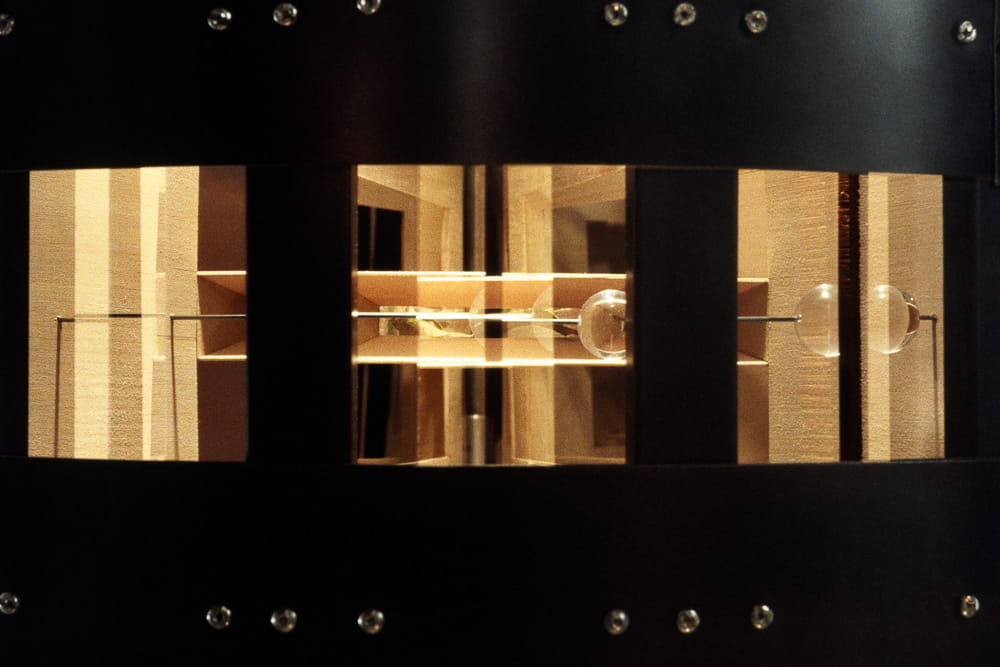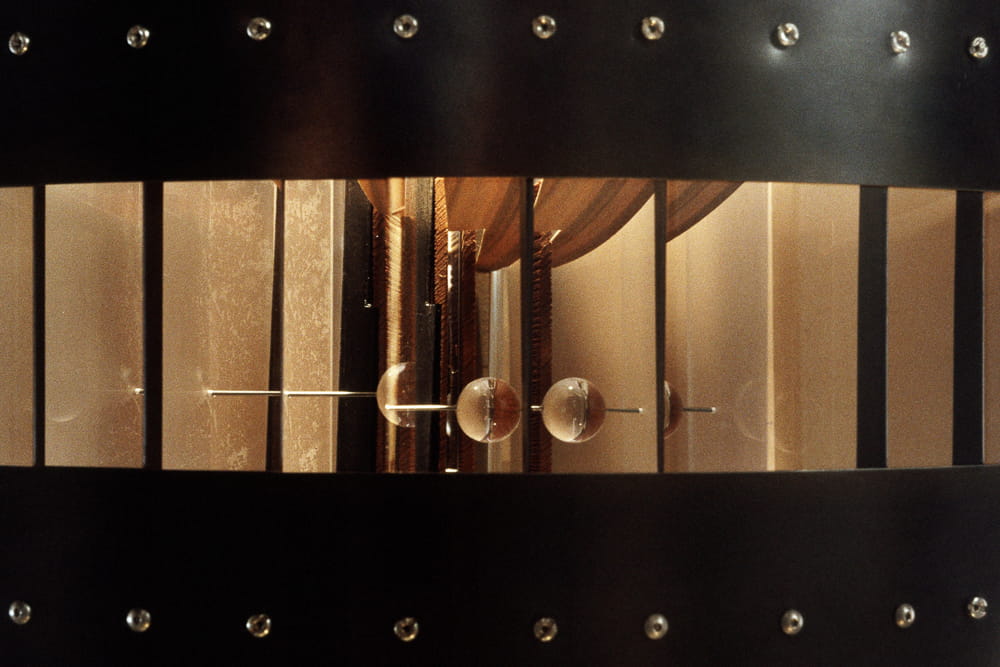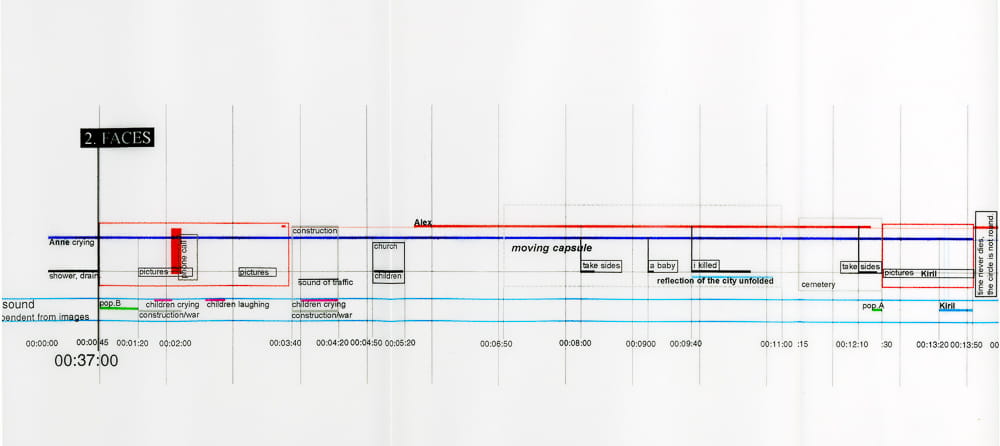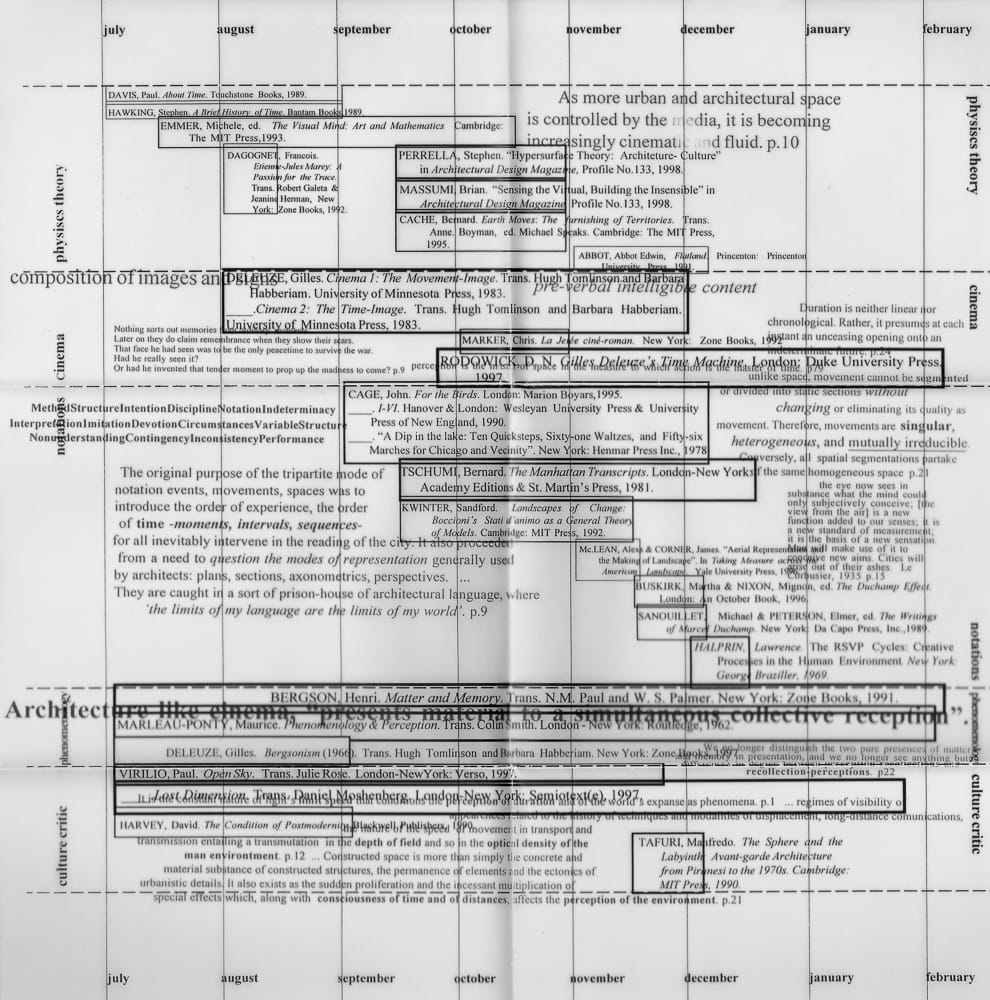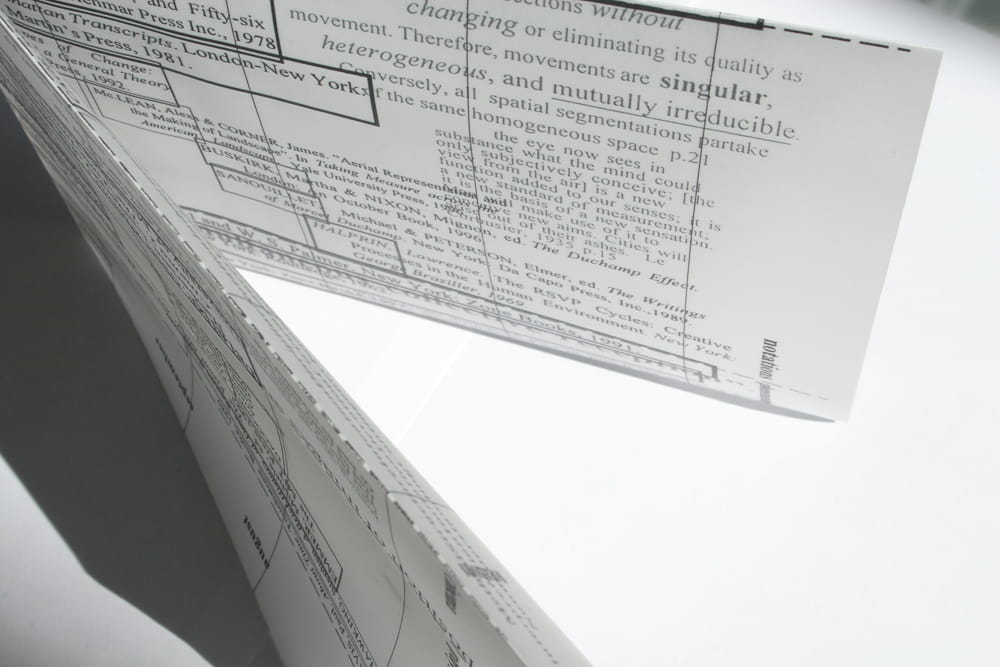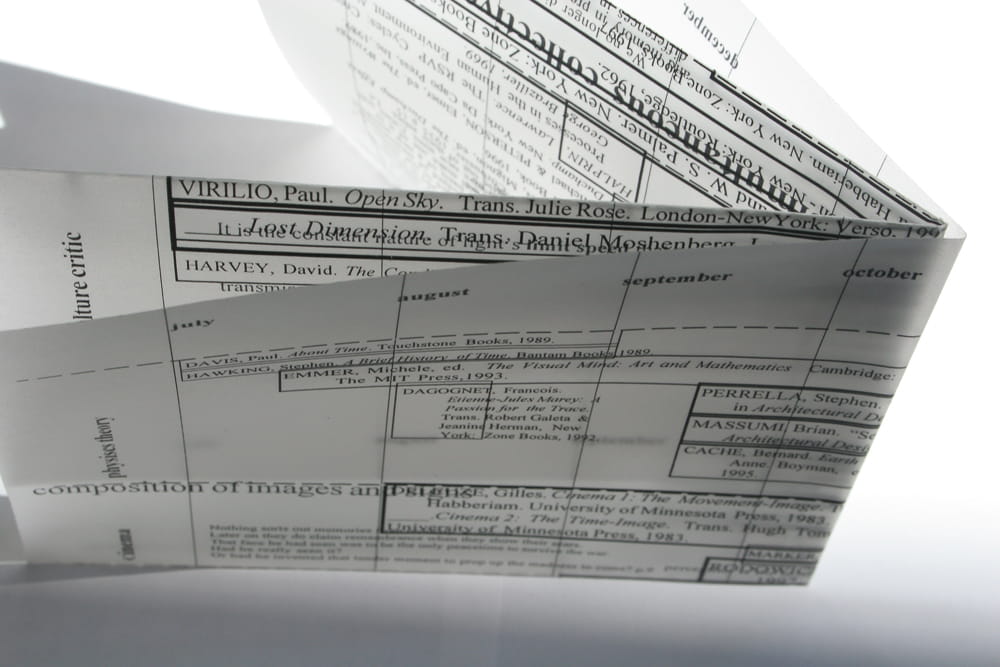The Time Machine
1999
The Time Machine is a thesis project by Yi-Hsiu Yeh that predates the founding of Yeh Design Lab but significantly influenced its future direction in design and research. Furthermore, the thesis sought to establish a design methodology for creating physical spaces, the discussion of which remains relevant in the architecture community amidst the expanding ways humans experience “space”, especially with the advancement of virtual reality, augmented reality, and artificial intelligence.
While the thesis’s intent remains pertinent, it is essential to consider the original context of the investigation, which occurred between two crucial technological milestones. First, in 1997/1998, the first-generation pocket-size mobile phones became widely available to consumers. Second, in 2000, the “internet” swept the globe when broadband connections (DSL and cable) became widely accessible, replacing slower dial-up connections and leading to increased internet usage. Without detailing every development, it’s evident that communication and information technologies have since advanced exponentially in terms of available devices, speed, volume, and media types.
In summary, during just over a semester-long investigation in 1998/1999, the thesis posed a few fundamental questions/observations and attempted to address them by proposing a new design methodology:
- How do humans process and assimilate the totality of our experiences? Do time, memory, and emotion play roles beyond the physical conditions?
- With the rapid change in communication and transportation technologies, “space” is no longer solely experienced by our immediate physical environment. The phenomena of space-time conjunction and disjunction are pervasive. For example, in any phone calls, no longer tethered to homes, workplaces, or public phone booths, the environment of both the caller and the receiver can be felt (clues from the type of noise and how noise travels). Thus, the space one perceives could expand through the phone.
- What is the role of architecture in human experience, and how can it stay active in the discourse of space-making?
Through examining the relationships between perception, memory, and spatial conditions, the thesis aimed to find a methodological model to address these contemporary issues and generate a field of possibilities.
To achieve this, the project analyzed Before the Rain, a 1994 film with a unique temporal-spatial structure comprising three interconnected stories: “Words,” “Faces,” and “Pictures.” The film explores themes of ethnic conflict, love, and the cyclical nature of violence. While divided into three parts, the storyline initially appears linear but ultimately loops back to the film’s beginning. However, the structure doesn’t follow a line or a circle but rather a “split ring” as several irreversible events occur. The stories are set in Macedonia, London, and then back to Macedonian and Albanian. One central character is a war photographer who has just returned to London after documenting the Bosnian War. The imagery of the death and violence of his photography work permeates through the movie’s current time and setting, overlaying and forecasting all too familiar conflict between his home villages at the border of Macedonia and Albania, where he was eventually killed.
The final product of the thesis was presented as an installation featuring several analytical drawings and a model comprising eighteen “slices” of key events and moments translated into spatial arrangements. These slices were “reanimated” by the spinning motion of the Time Machine at various speeds, further revealing the time-related effects of the spatial configurations. The animation was viewed through a viewport on a curved sliding partition. At a certain speed, the model allowed viewers to catch a glimpse of themselves, creating an intriguing ambiguity as to whether they were seeing a reflection or peering through the axis of the circular arrangement, metaphorically mirroring the expanded perception of space through the act of movie watching or a cell phone call.
Special thanks to Perry Kulper for being a fantastic thesis advisor, to Nick Gillock for the design and construction of the final exhibition walls, to Tom Farrage for the use of metal cutting and forming machinery, to Emil Mertzel for the welding of the drawing frames, and to many fellow students who volunteered to help on the night before the presentation.


